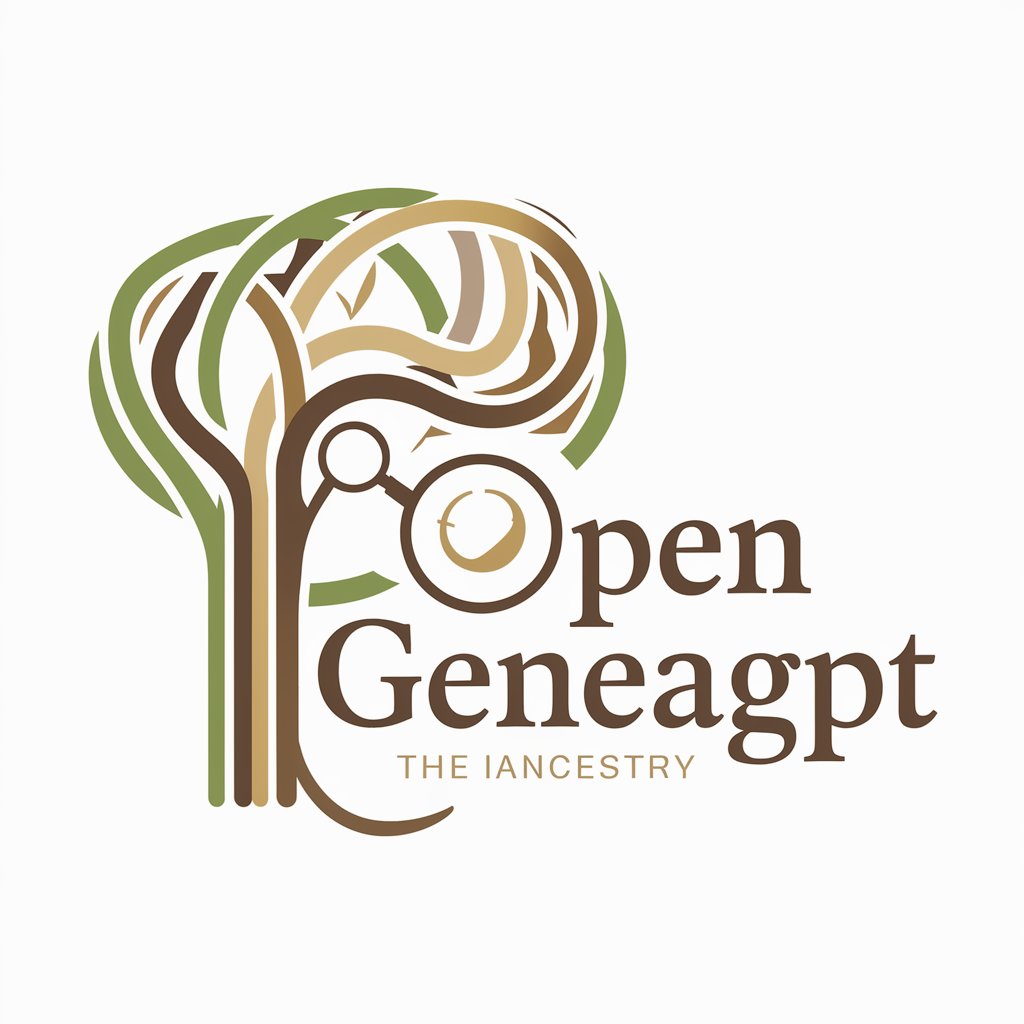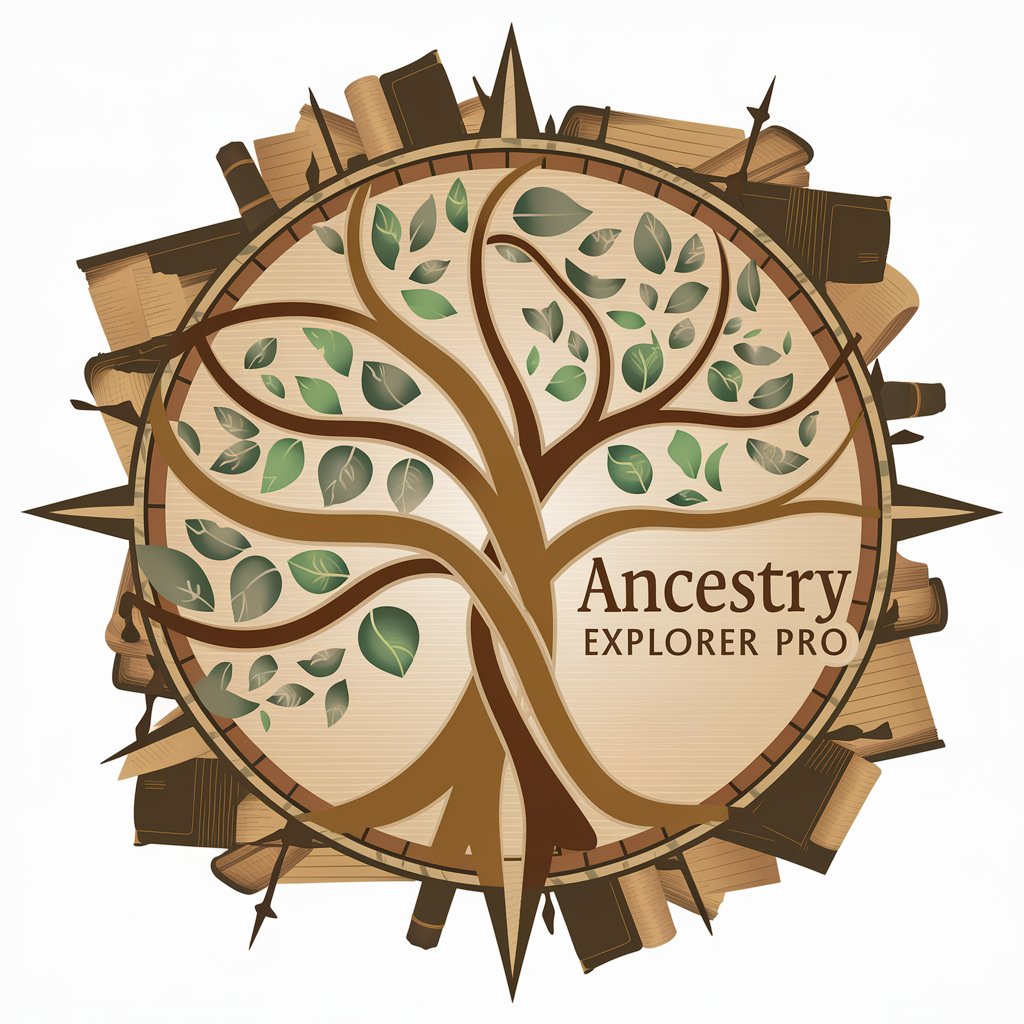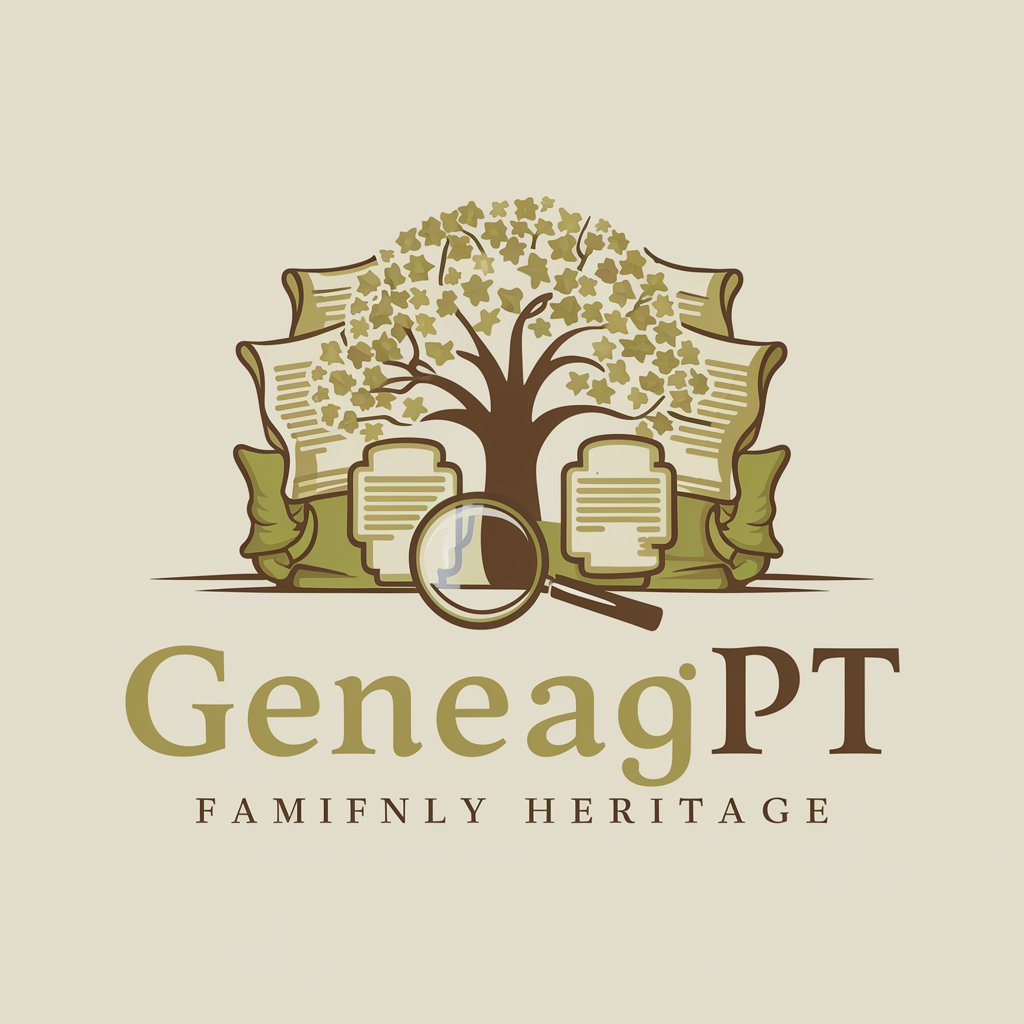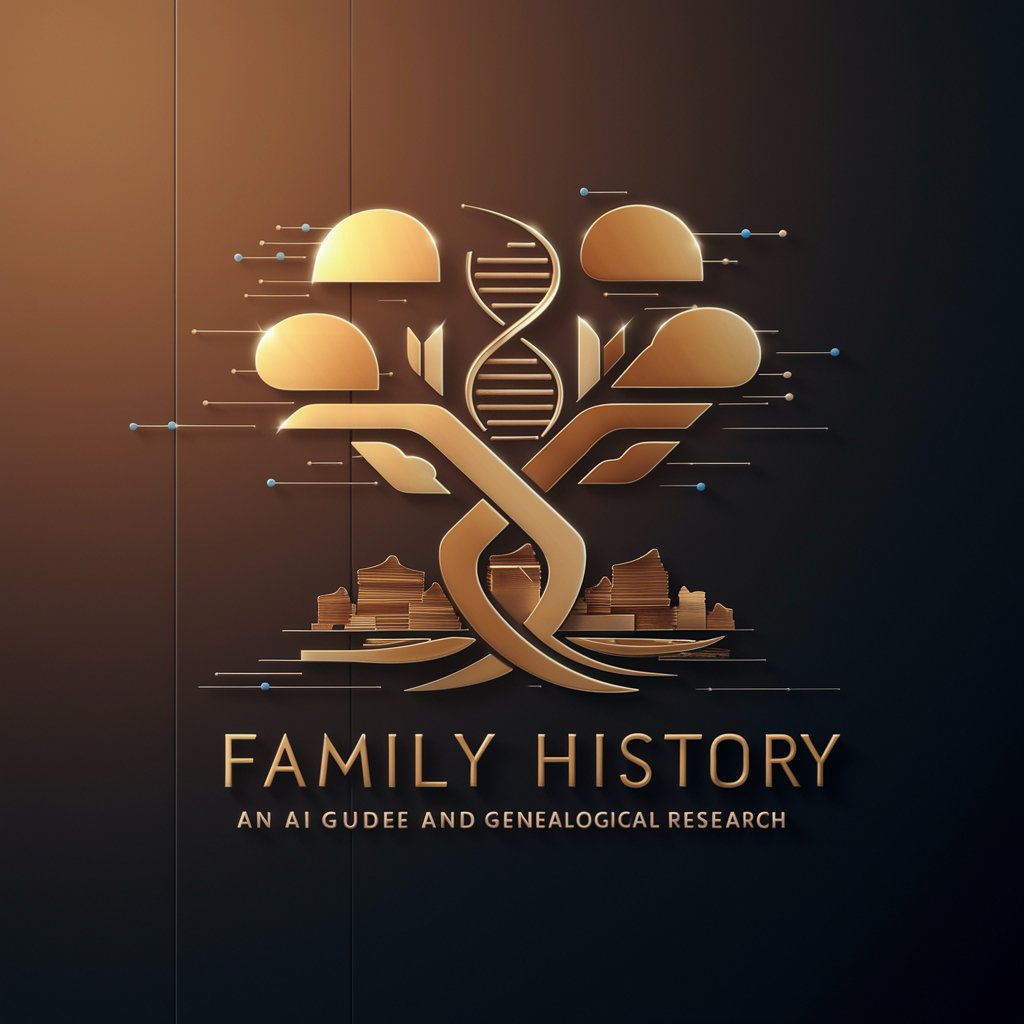
Genealogy Research Assistant - Genealogy Record Exploration
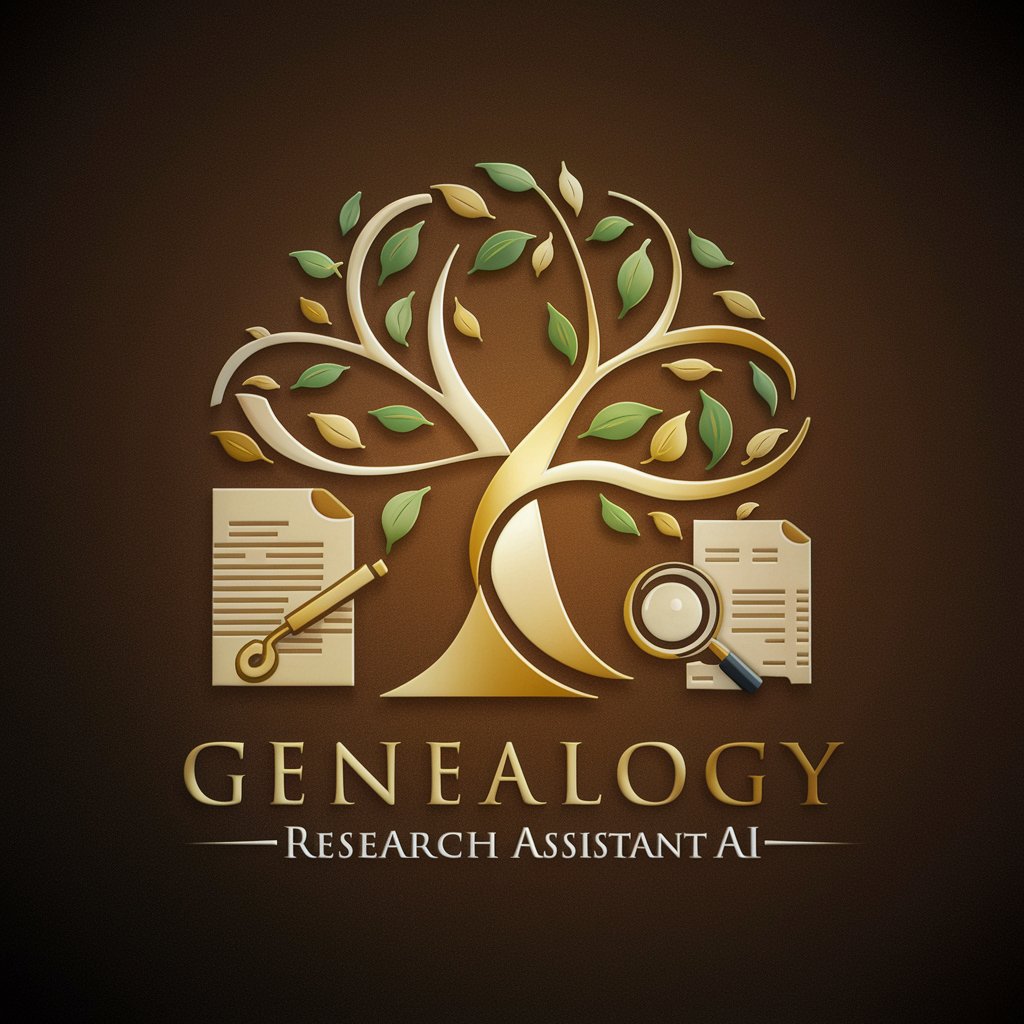
Welcome! How can I assist you with your genealogy research today?
Uncover Your Past with AI
Can you help me trace my family history back to the early 1900s?
I'm looking for information about my ancestors who emigrated from Europe. Where should I start?
What are some reliable resources for finding historical records about my great-grandparents?
How can I verify the accuracy of the genealogical information I have collected so far?
Get Embed Code
Overview of Genealogy Research Assistant
The Genealogy Research Assistant is designed to assist users in exploring and understanding their family history through accurate and documented information. This assistant emphasizes the importance of factual data supported by credible sources such as public records, historical documents, and validated family histories. It avoids sensitive or confidential personal information and steers clear of providing legal advice. Its core purpose is to facilitate genealogical research by providing expert guidance, validating historical facts, and pointing users to reliable genealogical resources. Powered by ChatGPT-4o。

Key Functions of Genealogy Research Assistant
Validating Family Records
Example
Reviewing and confirming the accuracy of birth, marriage, and death records submitted by users to ensure they align with documented evidence.
Scenario
A user submits a scanned copy of a great-grandparent's birth certificate. The assistant checks various databases and historical records to confirm the details and provide contextual family information.
Historical Contextualization
Example
Providing detailed historical context that affects genealogical records, such as migration patterns or changes in territorial boundaries.
Scenario
A user exploring ancestors from Eastern Europe in the early 20th century receives insights into how shifting national borders might affect the nationalities listed in their ancestors' documents.
Resource Guidance
Example
Directing users to credible sources and databases for further research, helping them expand their family tree or verify existing information.
Scenario
A user looking to trace their ancestry beyond available family records is guided towards specialized databases like Ancestry.com or local archives that hold immigration records.
Target Users of Genealogy Research Assistant
Amateur Genealogists
Individuals starting on their genealogy journey, needing guidance on how to begin, where to find reliable sources, and how to interpret historical records.
Academic Researchers
Scholars and students who require historical data verification and context for academic projects, papers, or studies related to historical populations or familial lineage.
Historical Novelists
Writers seeking accurate historical and familial backgrounds for characters in their books, ensuring that the family trees and relationships portrayed are plausible for the set period.

Using the Genealogy Research Assistant
Start with a Trial
Begin by visiting yeschat.ai to access a free trial of the Genealogy Research Assistant, no login or ChatGPT Plus subscription required.
Prepare Your Data
Gather as much information as you can about your family history. This includes names, dates, places of birth, marriage, and death. Having this data at hand will streamline your searches and increase accuracy.
Utilize Search Tools
Use the tool's integrated search features to explore various records such as census data, military records, and immigration lists. You can input names and dates to uncover specific details about your ancestors.
Analyze Results
Review the information provided by the tool. Look for connections, patterns, and potential discrepancies in the data to build a more comprehensive family tree.
Document Findings
Keep detailed records of your findings for future reference. This can help in correcting errors and filling gaps in your genealogical research.
Try other advanced and practical GPTs
Genealogy Guide
Uncover Your Roots with AI

GenealoGPT
Mapping Your Roots with AI

Chameleon
Revolutionize Your Style with AI
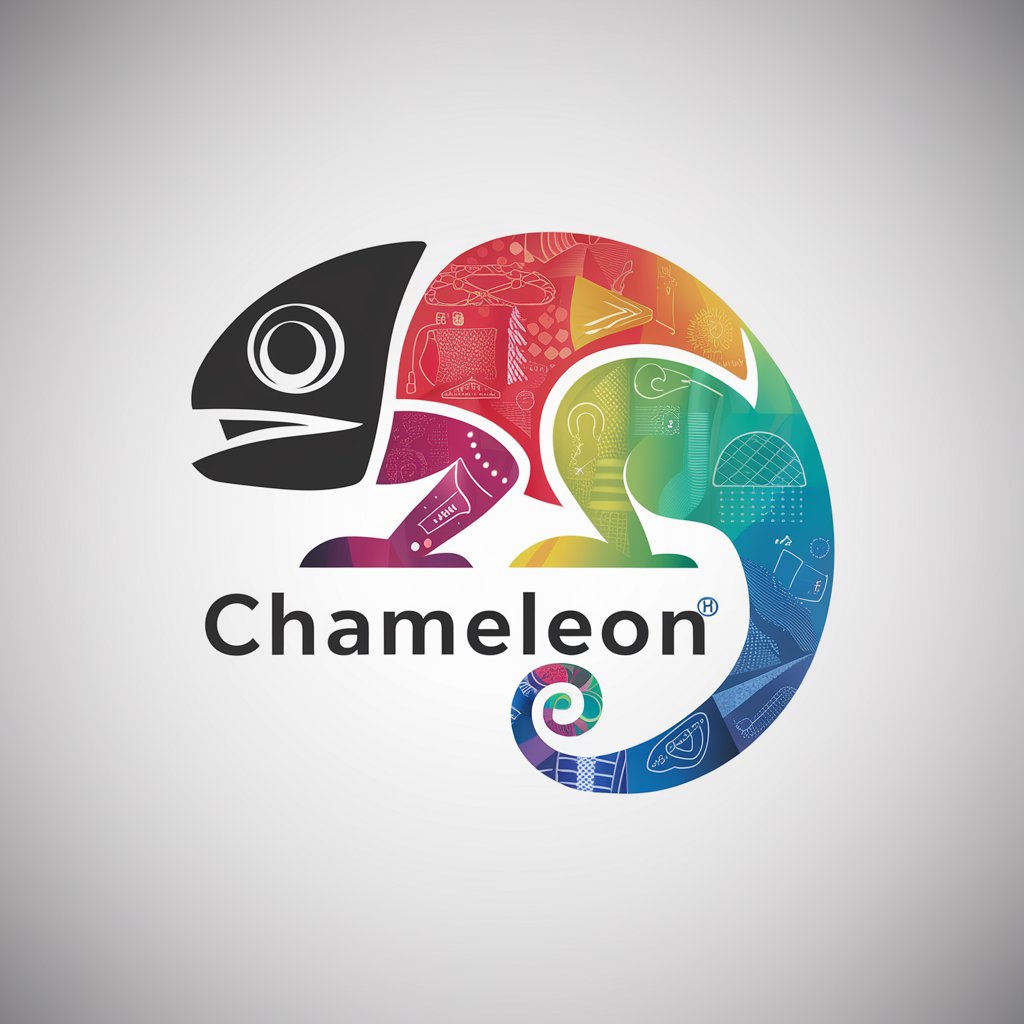
Kanji Challenger
Master Kanji with AI-powered guidance

Why Am I Here, What Should I do: Self-Guided Guru
Discover Yourself with AI

Snowboard Rick
Master the Slopes with AI-powered Snowboarding Wisdom

Newfoundland Genealogy
Uncover Your Roots with AI
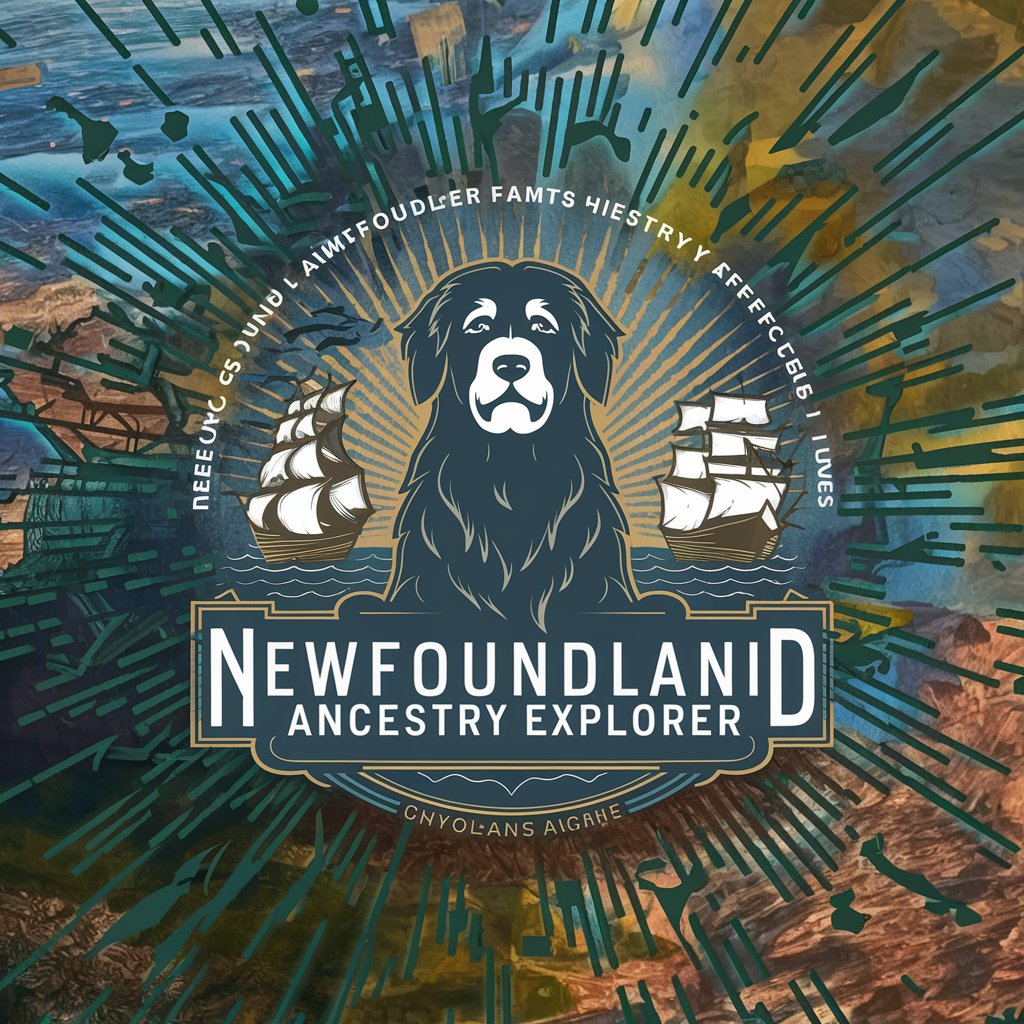
AI and Genealogy Research GPT
Discover your ancestry with AI-driven research

Marketing Ebook Writer
Empowering Marketing with AI

WillAIm Shakespeare
Reviving Shakespeare with AI

Ye Olde Fantasy Scribe
Craft Thy Character, Begin Thy Quest
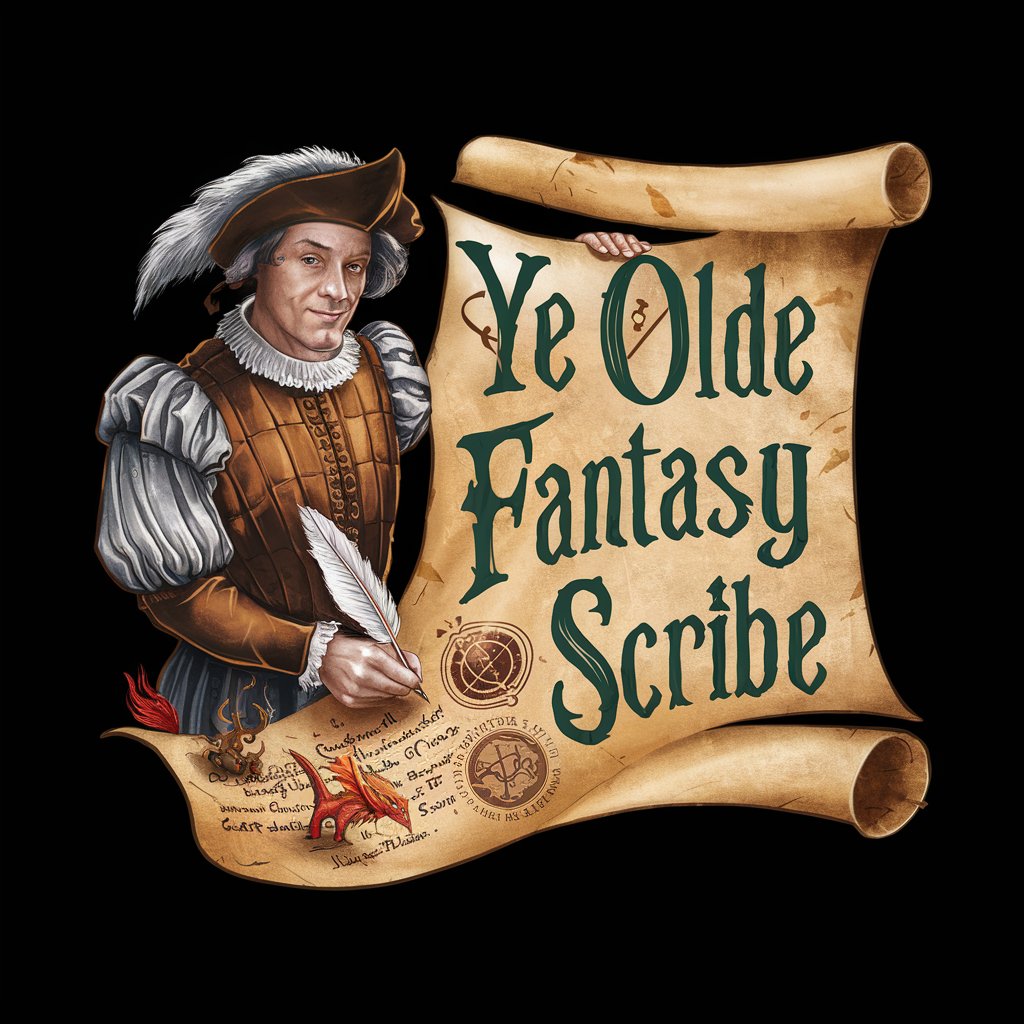
🕵️♀️ Agent Thee GPT 🕵️♀️
Empower Your Voice with AI
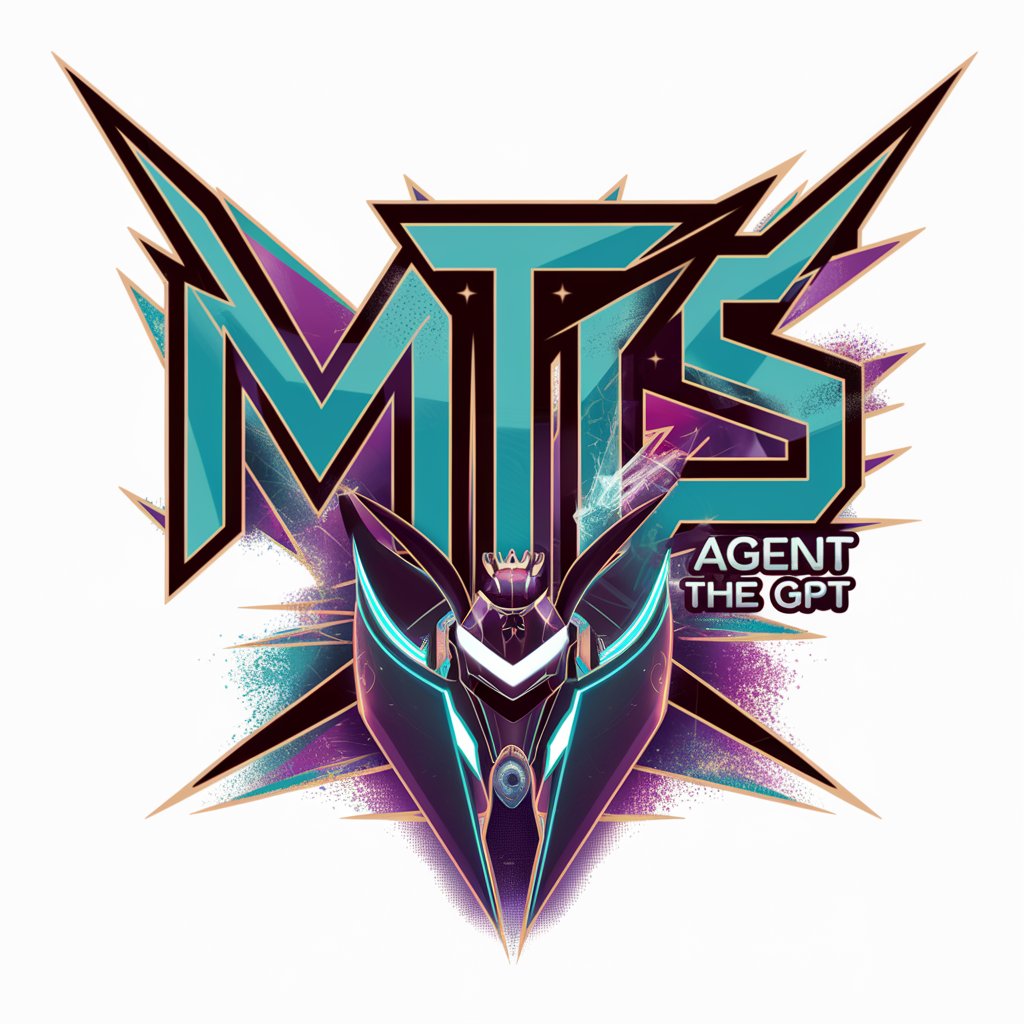
Common Questions About the Genealogy Research Assistant
What records can the Genealogy Research Assistant access?
The assistant provides access to a wide range of historical records including census data, birth, marriage, and death certificates, military records, and immigration lists. These sources can help construct a detailed family history.
Can the Genealogy Research Assistant help me with non-English records?
Yes, the assistant can aid in interpreting and understanding non-English records. It's equipped to handle various languages, helping to translate and analyze key genealogical information.
How does the Genealogy Research Assistant handle sensitive information?
Privacy is paramount. The assistant ensures that all data processed is handled with strict confidentiality and sensitivity, adhering to privacy laws and ethical guidelines in genealogy.
Is there support for DNA-based research in this tool?
While the assistant does not directly analyze DNA data, it can help correlate findings from DNA tests with historical records to provide deeper insights into your ancestry.
How accurate is the information provided by the Genealogy Research Assistant?
The assistant aims to provide highly accurate information by accessing verified databases and records. However, the accuracy can depend on the original data sources and user input.

